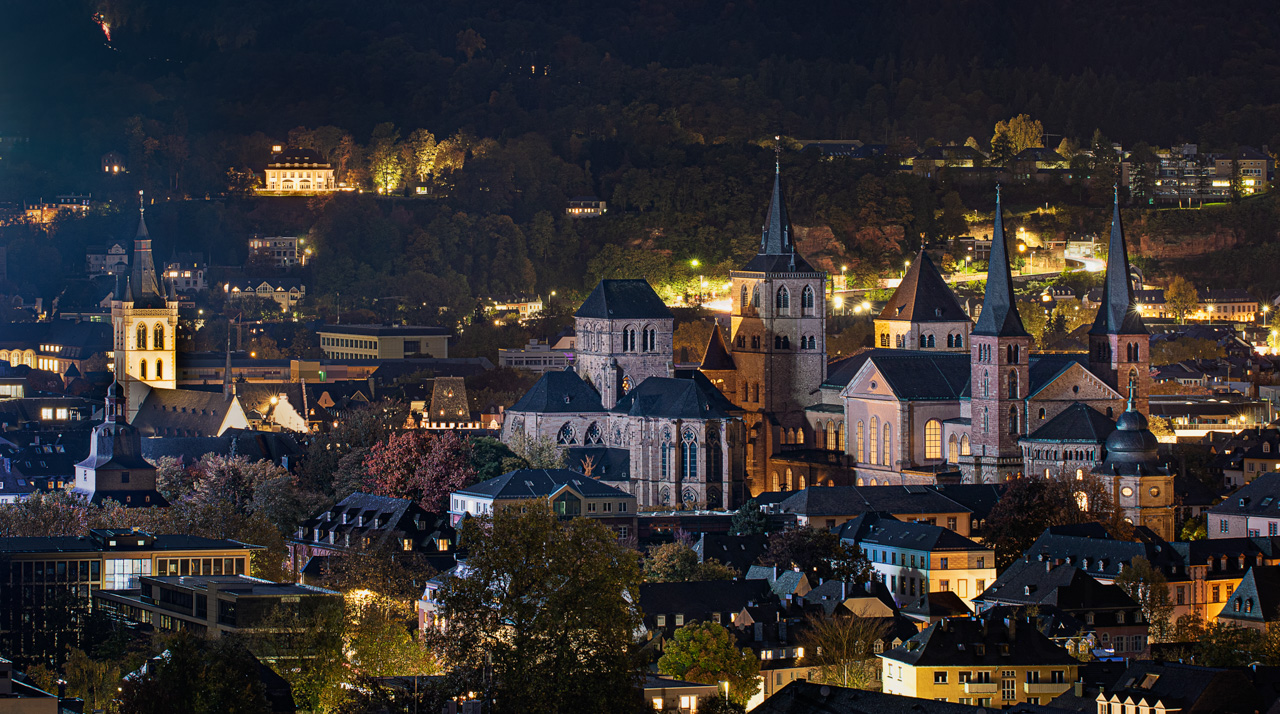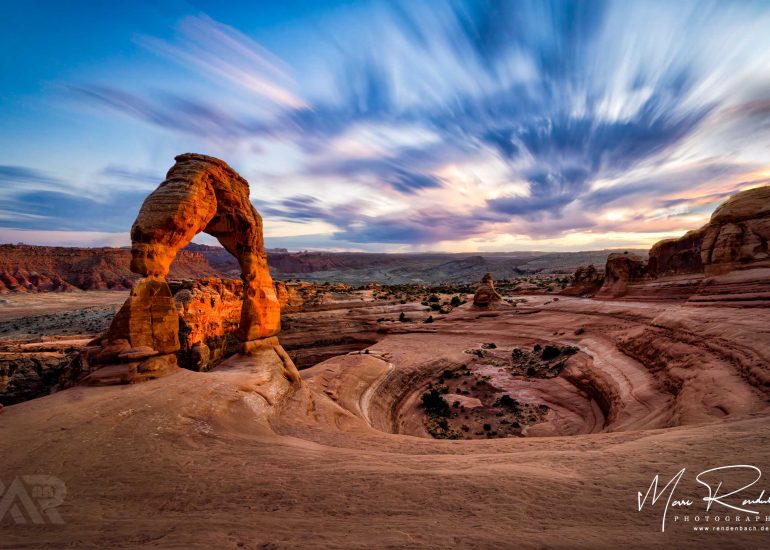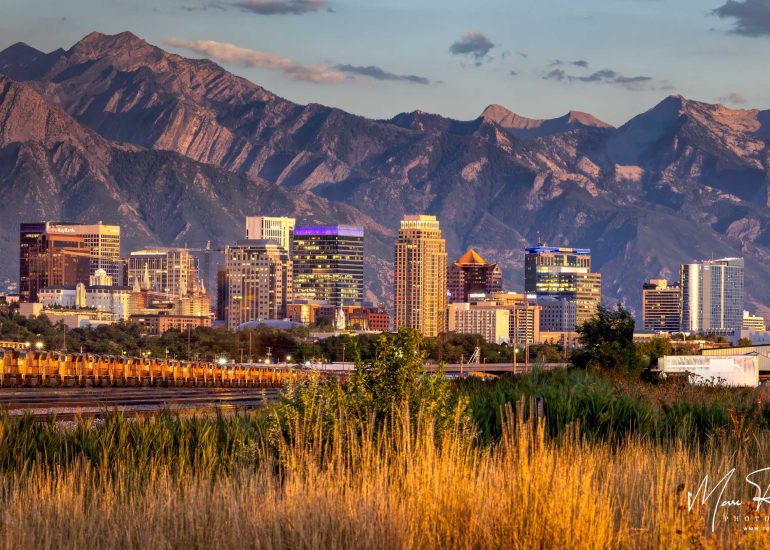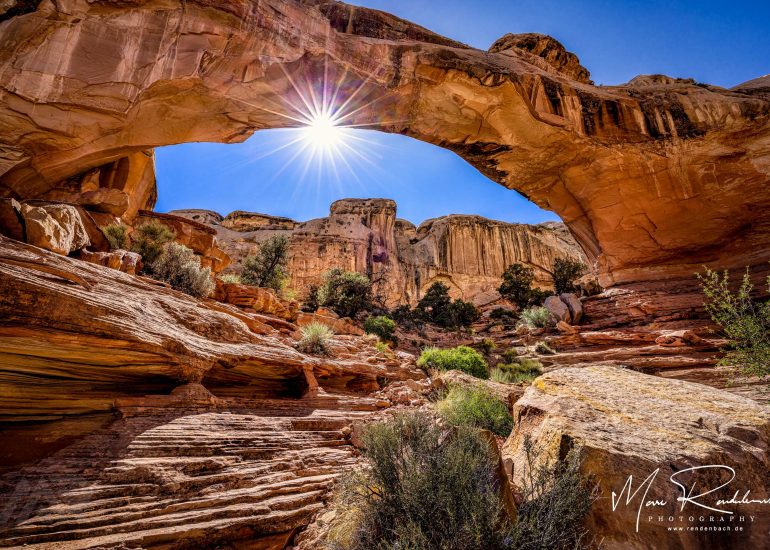Bracketing in High Dynamic Range Environments
Limitations of HDR
For shooting locations with very large differences in brightness bracketing is the way to go. Different images with different exposures are taken and these images are blended together in one final image.
The larger the aperture range, the more difficult the blending becomes. With a normal HDR fusion, lights and darks must be adjusted, which leads to the typical HDR look and by pulling up the darks, an image starts to become noisy. With only a few f-stops difference in dynamic range simple HDR software reaches its borders and cannot create satisfying results.
If the dynamic range is large or the lighting conditions are bad, it is recommended to create the series manually and to do the blending with a specialized software, which gives control over how which areas are merged. The best way is to fuse the individual images manually, because only a manual blending gives full control over the result.
In the example below the City Skyliner should be photographed. On the one hand because it is a rare motif and on the other hand because it has cast an enormous light over the city. The exposure bracketing comprises 16 full f-stops.
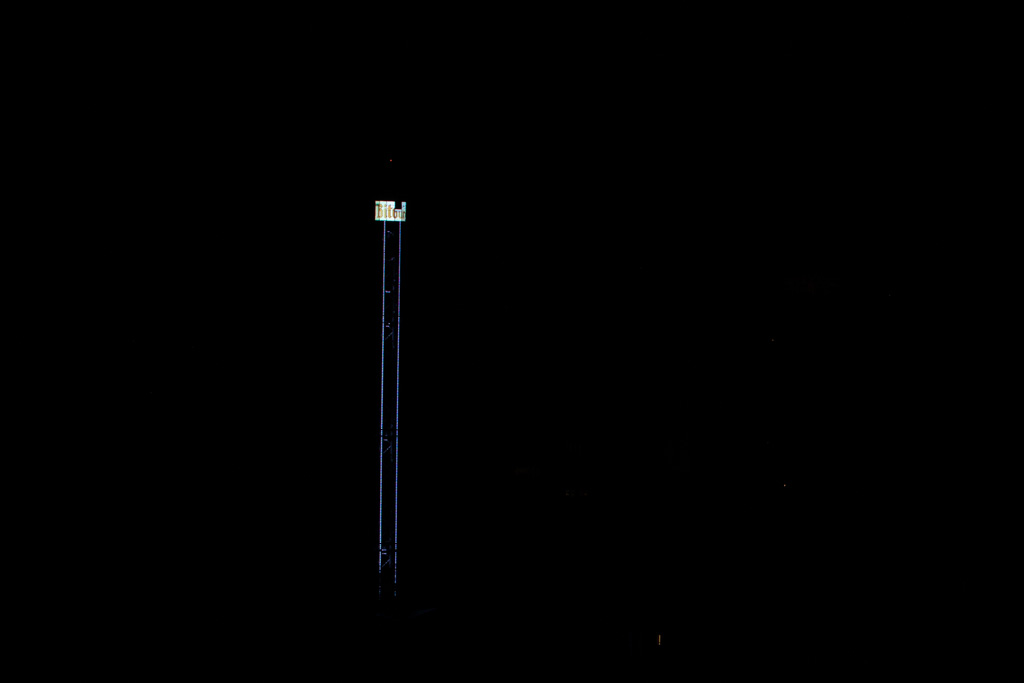
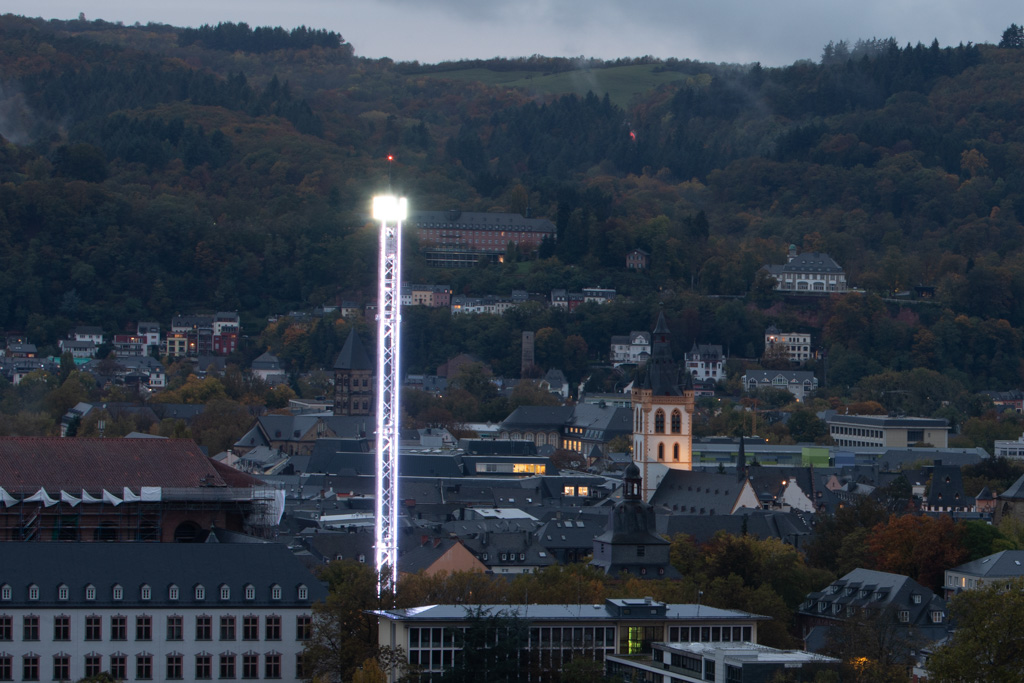
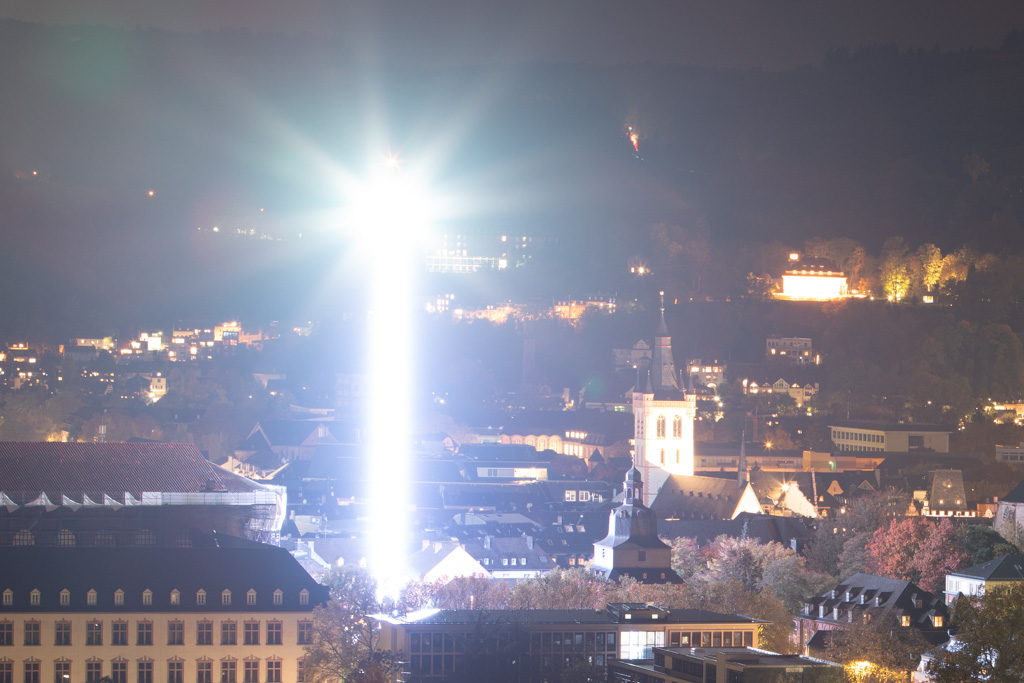
Blending
Because these photos are extremely different blending them together is only possible manually.
The gondola run should further be shown by taking multiple pictures of the ride. This photo thus falls into the category of Digital Art.
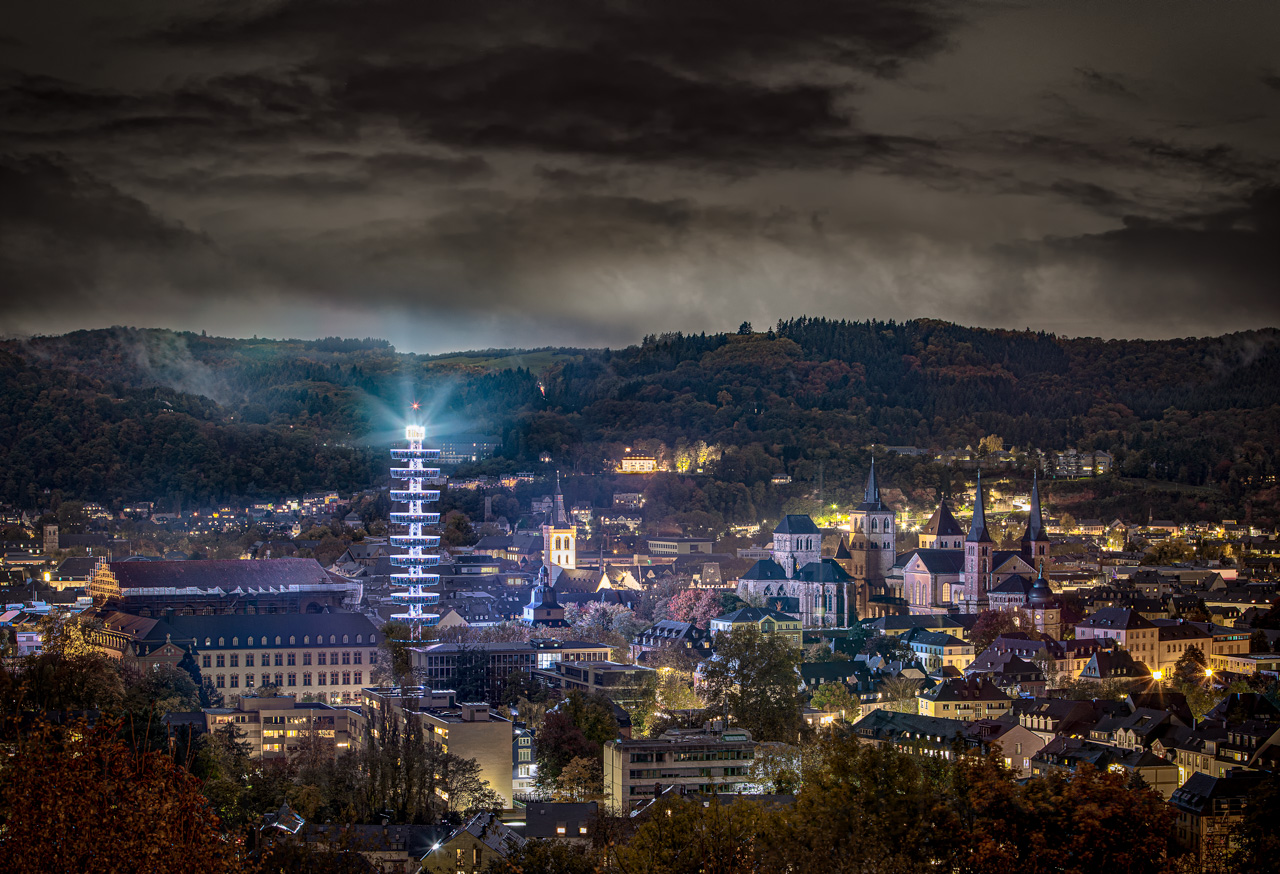
Unique Light Environment
One could also use this unique light environment to take a picture of the city centre of Trier in a light that you don't find otherwise. Especially the Liebfrauen church (Liebfrauenkirche) isn't illuminated from behind under normal conditions.
